Coney Island is famous as a summer haven for the denizens of New York City, a warm and sunny neighborhood of thrilling rollercoasters and golden beaches and only the most carefree thoughts on the mind.
The F train that I took to the end of the line was quite under-populated on a December 9th of pouring rain and gray, low-hanging skies. But I am dedicated to my cause and to my project, so I drew my umbrella against the empty rollercoasters silhouetted on the sky and marched onwards.
1208 Surf Avenue, the Coney Island Museum’s address was built in 1917, one of what would soon be many restaurants on the strip owned by the Childs chain. It cycled through several properties since, but was possessed by the historical and cultural society Coney Island USA in 1996. With funding from the City of New York, it was granted landmark status and reopened as the Coney Island Museum shortly after.
The first floor of the museum is dedicated to an establishment called the Freak Bar, which is where I started my journey. It was that day populated by a group of locals who I learned were the Coney Island Polar Bear Club— they had just come in from their traditional December Weekend swim off the beach. They were joined by John Wyck[sic], an orange tabby who had free range of the space and used it just to his liking. I was informed that he had been so named because he had been rescued off of the Van Wyck expressway.
The crew seemed surprised that I had come out in the storm to see the museum, but I was given a ticket and granted admittance to the museum proper which was housed upstairs.
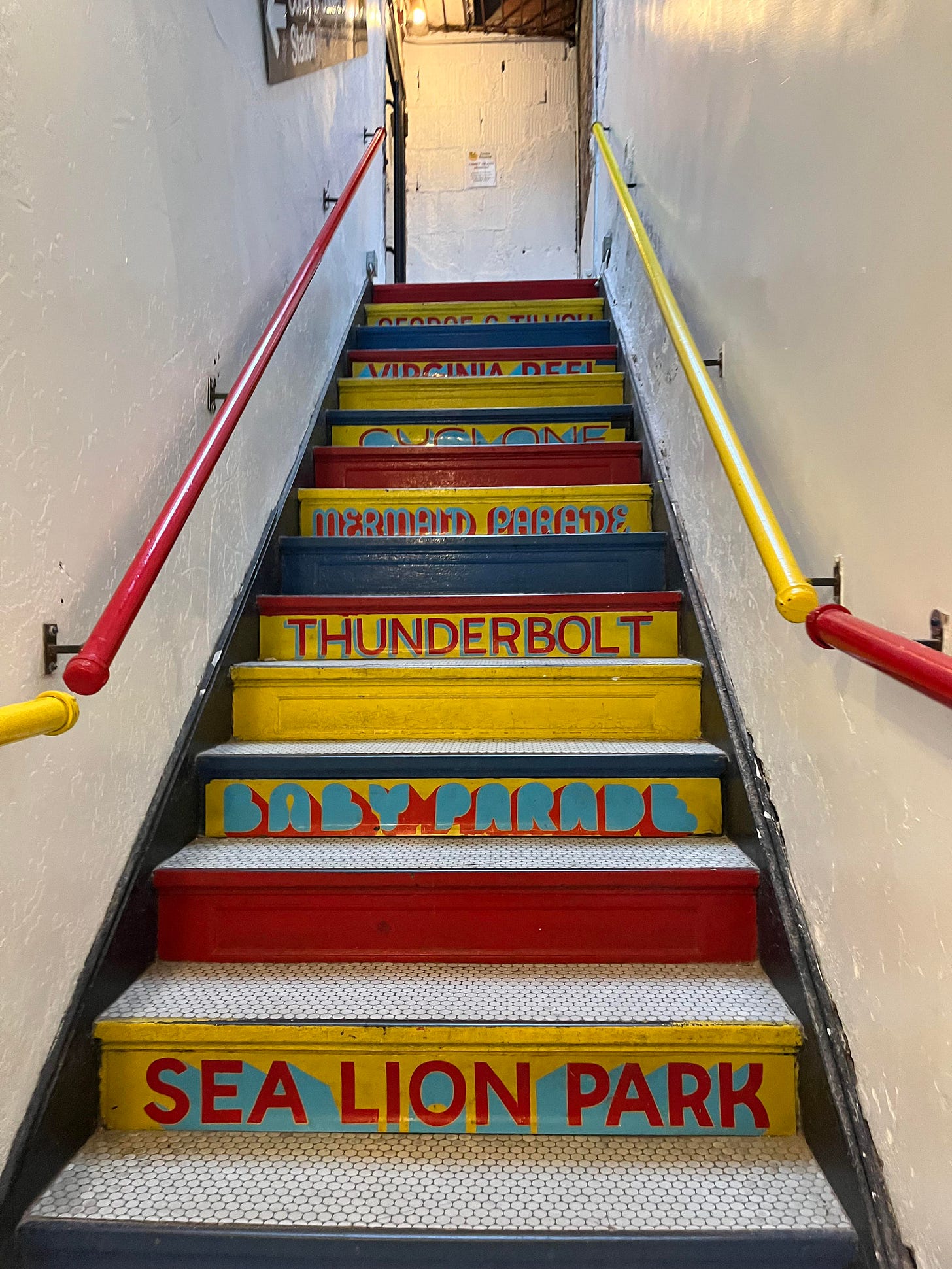
The entry room housed several display cases of smaller antique wares from Coney Island’s heyday, set across from a wall of fun house mirrors.
The museum’s main hall was painted powder blue to match the accents on the outside of the building, and the walls featured windows looking out onto the present-day roller coasters of Luna Park, framed by curtains in stripes reminiscent of vintage circus and carnival tents. One was invited to walk around the room and view their large collection of historical items from Coney Island’s heyday.
A section of the exhibition that caught my eye was one on the history of the “Freak Show”, a concept that was greatly popularized, if not invented at Coney Island. Patrons to the various amusement parks could be shocked and dazzled by “freaks” of all variety— little people, bearded women, people with mutilated faces, any significant bodily abnormality could be sold for a 50 cent ticket to the good people of Coney Island. In viewing this through a modern lens, we of course know that it was a shocking account of ableism and exploitation but the exhibit explored the lives of a few members of the “freak show” that we have accounts of and examined how this was one of the few places at the time that such societal “others” could find community and earn their own money.

This little time capsule of the height of Coney Island’s heyday— a period that landed fairly solidly in the first half of the twentieth century. It’s a picture of what many consider the “Good Old Days” of the U.S. of A, with one world war victory under our belt and then another, enough economic prosperity and children to take a weekend out to ride the roller coasters and see the silly pantomime performances. What the Disney parks and the Six Flags’ and their equivalents are, they have built on what was learned by Sea Lion Park and Steeplechase Park and even Luna Park, the one survivor. What these newer iterations have concluded is that it is not enough to be Entertaining, one must today also have a notion of Commercial Success.
ADMISSION: $10
GIFT SHOP: Yes
BATHROOM: Yes
WHEELCHAIR ACCESSIBLE: No
December 16: Cooper Hewitt, the Smithsonian Design Museum
December 23: Vacation!
December 30: Cooper Union Galleries
January 6: Vacation!




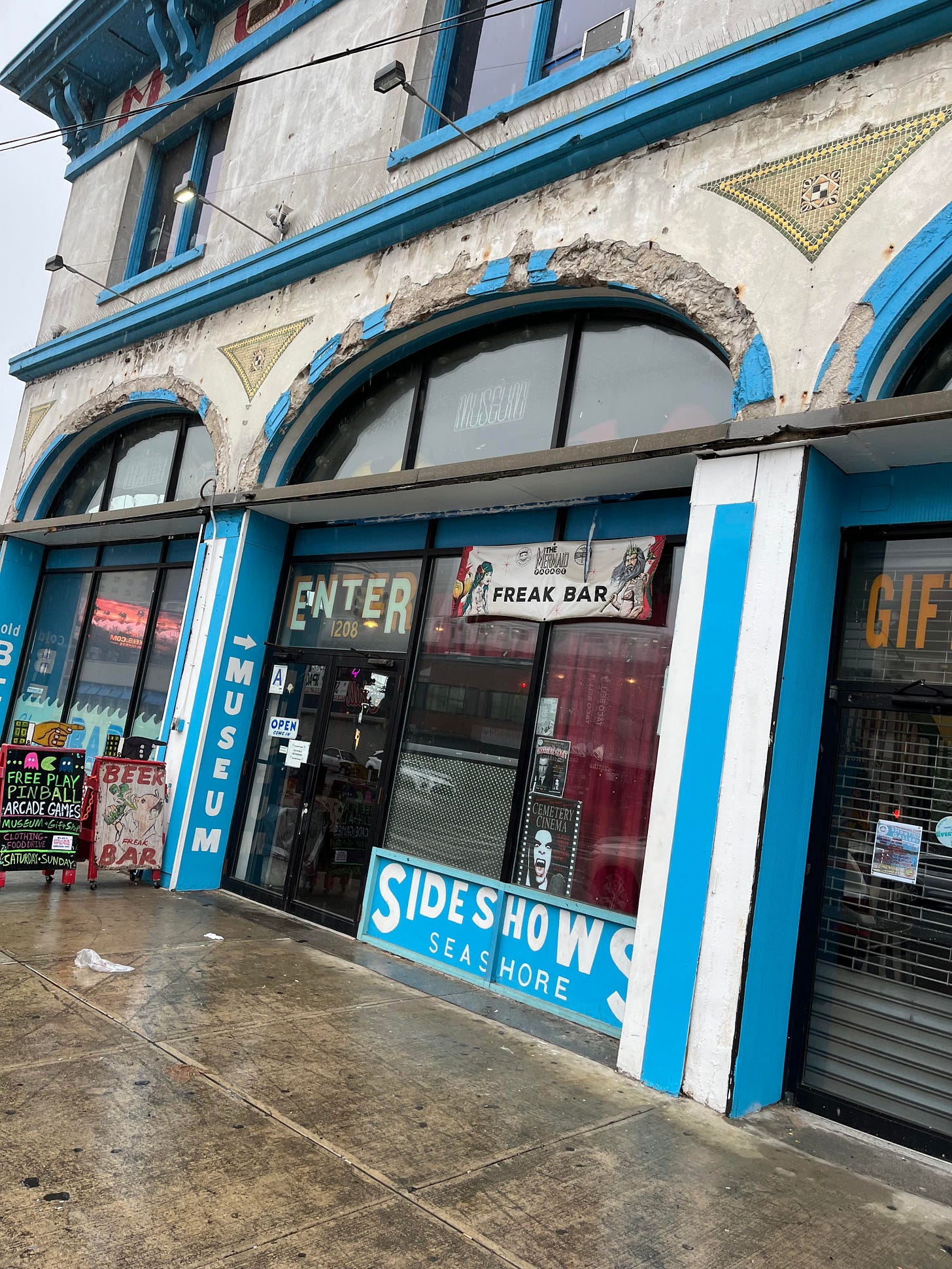
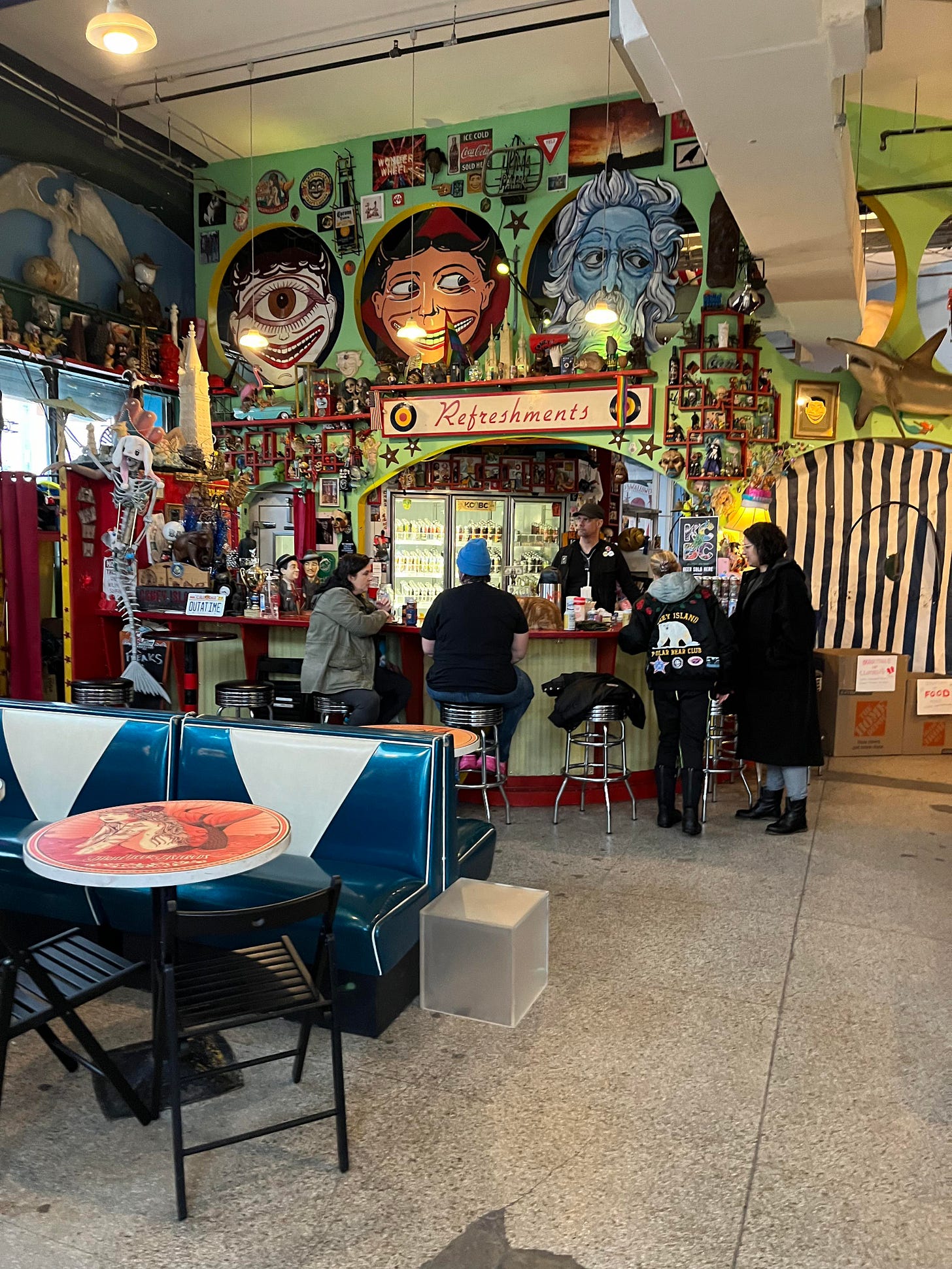
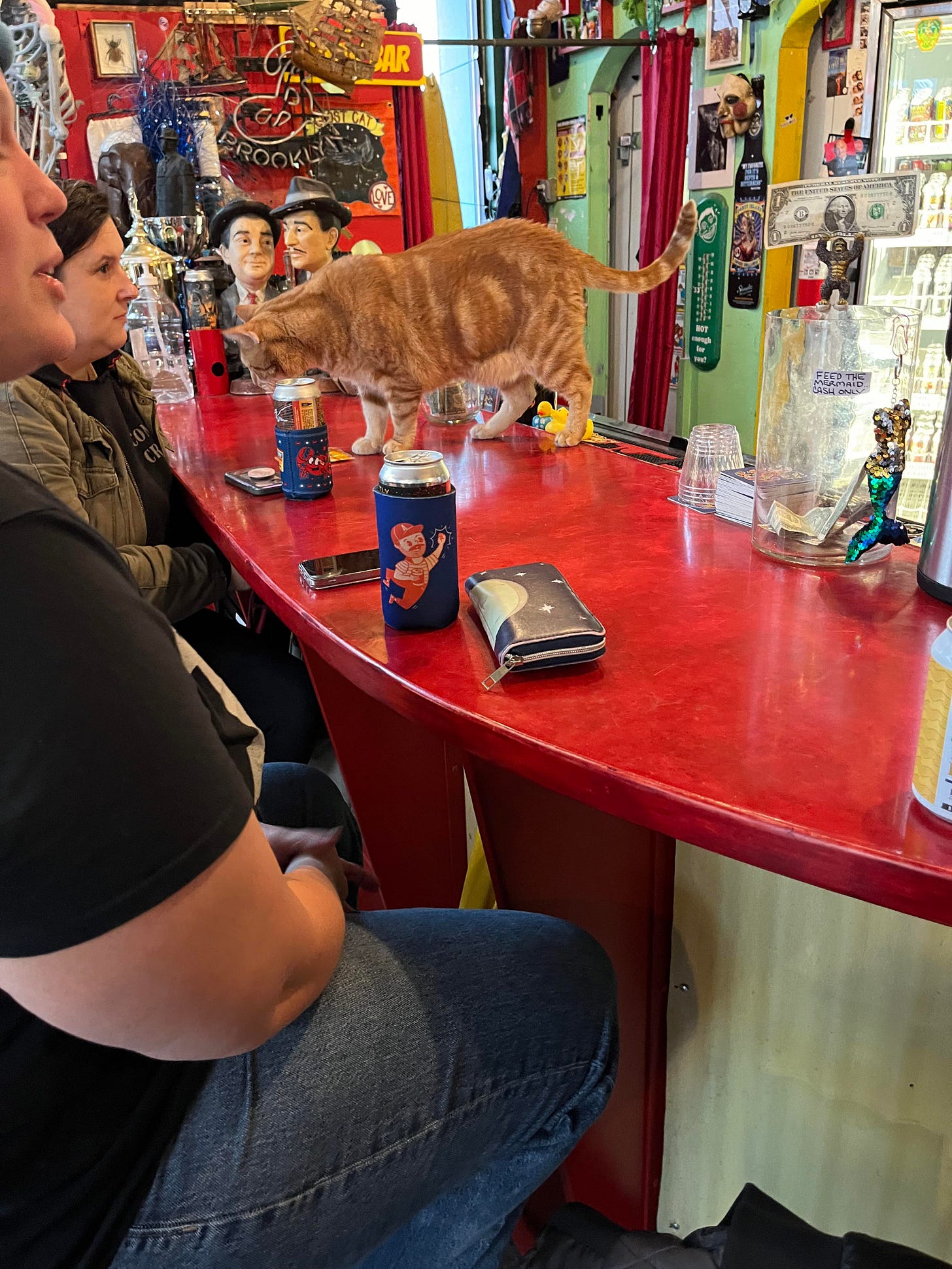
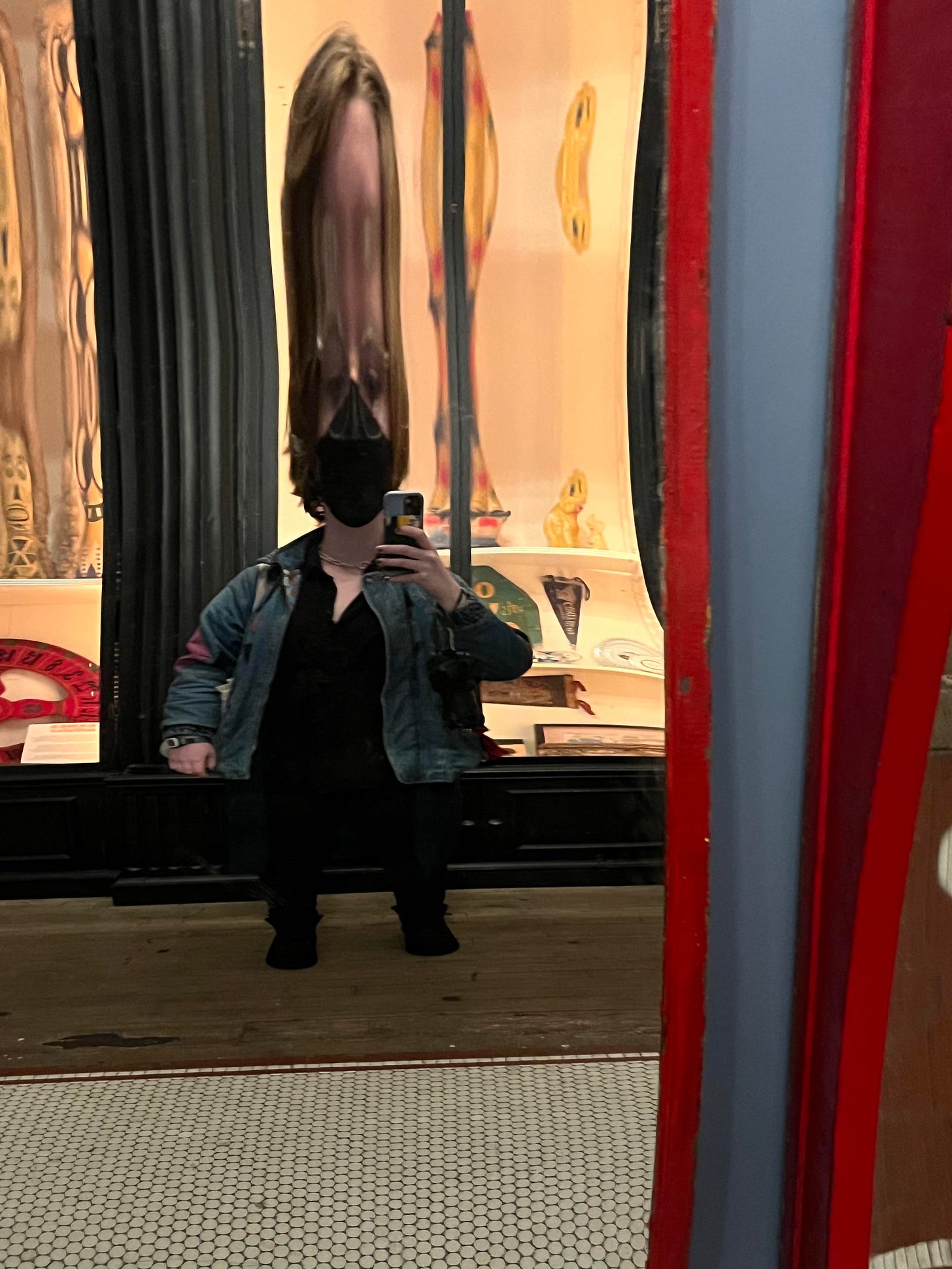
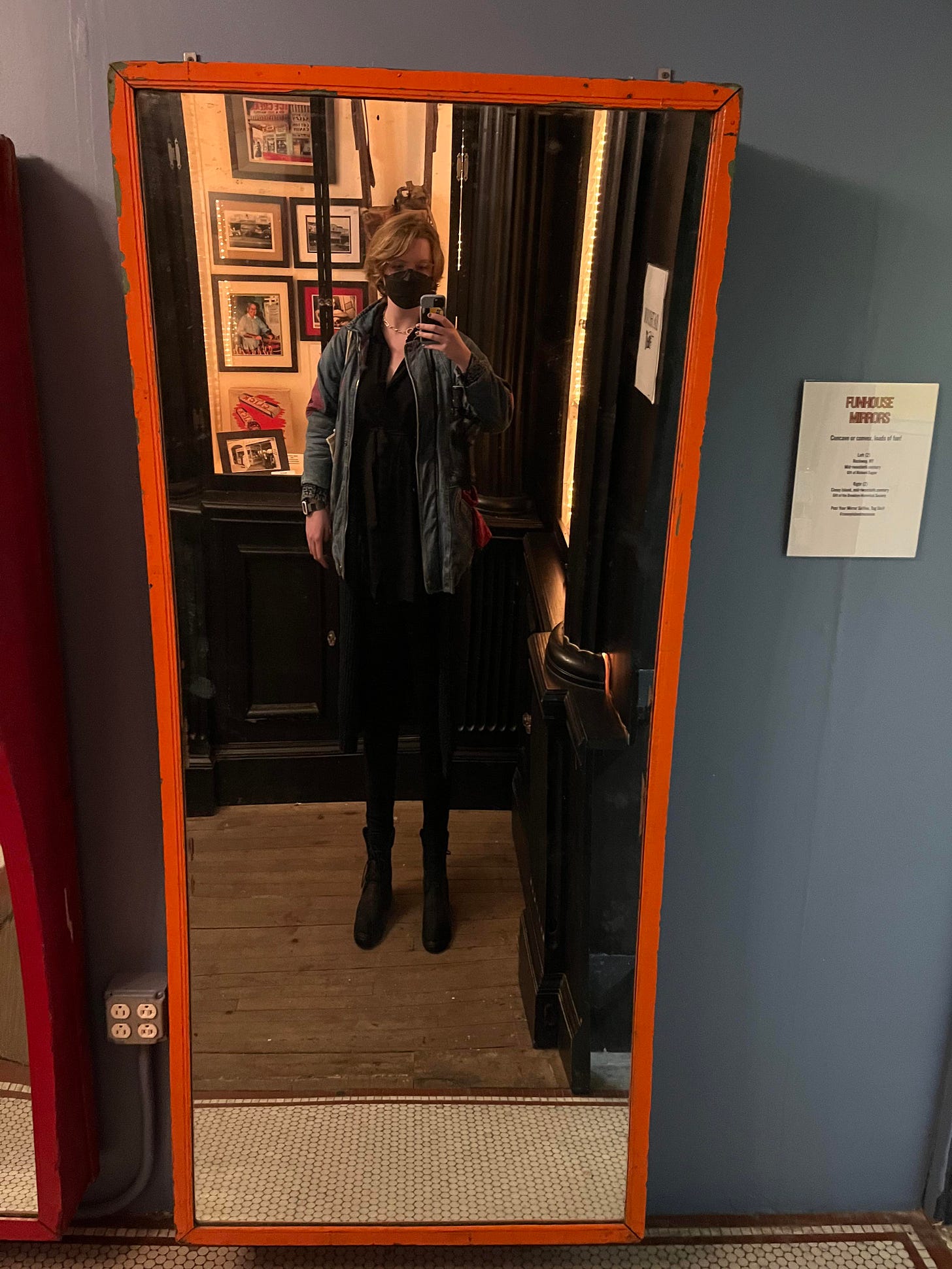

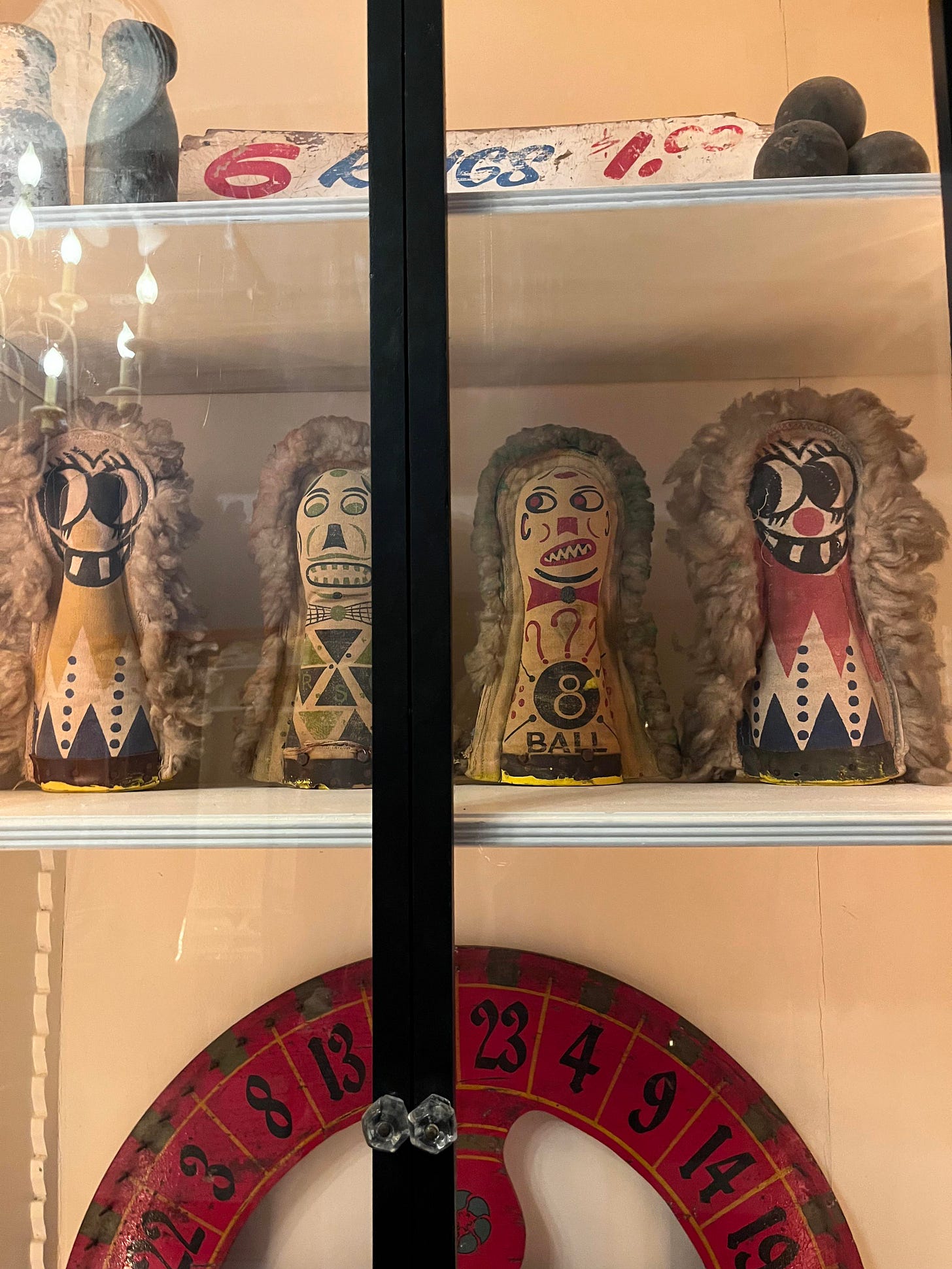

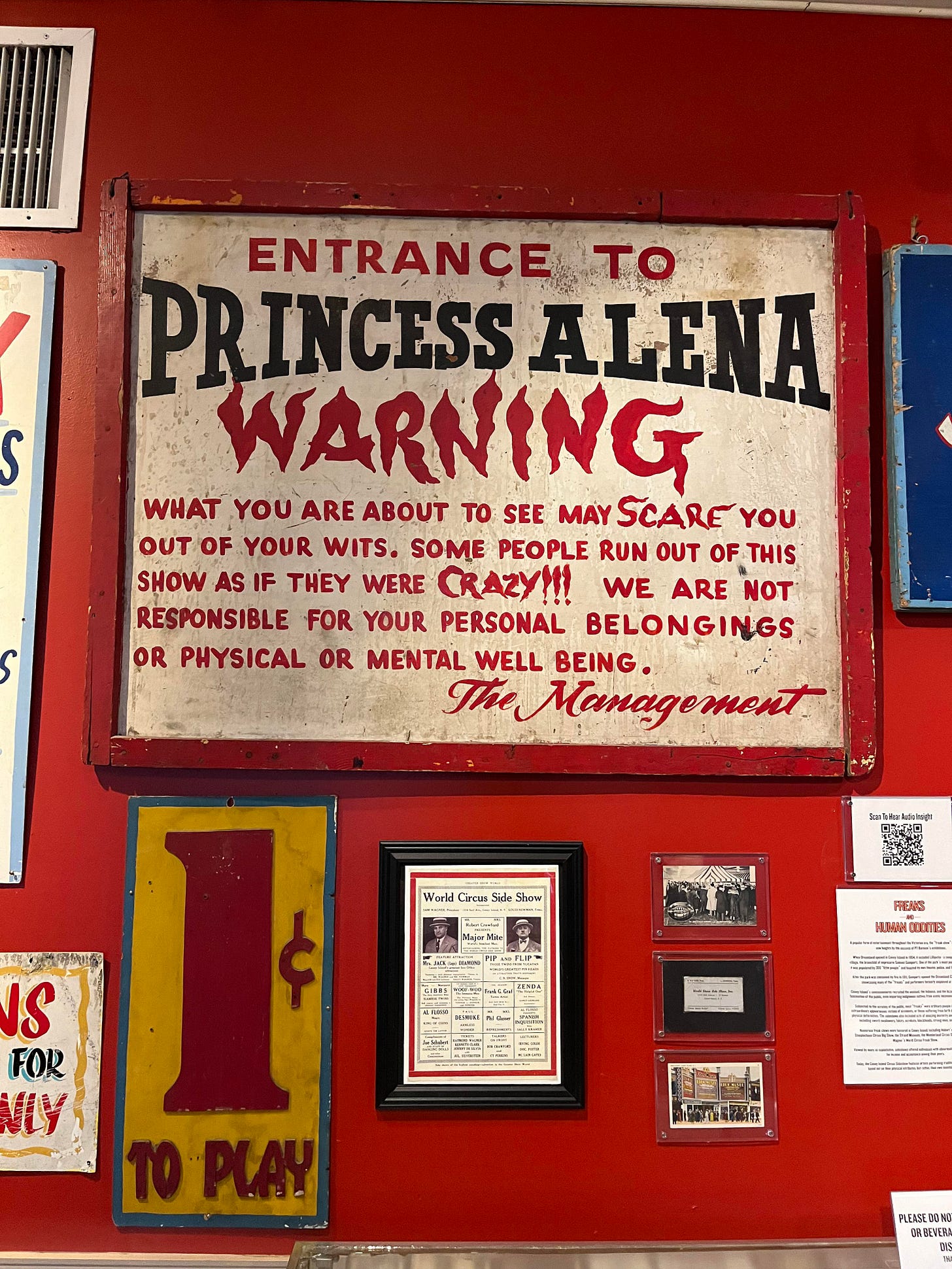

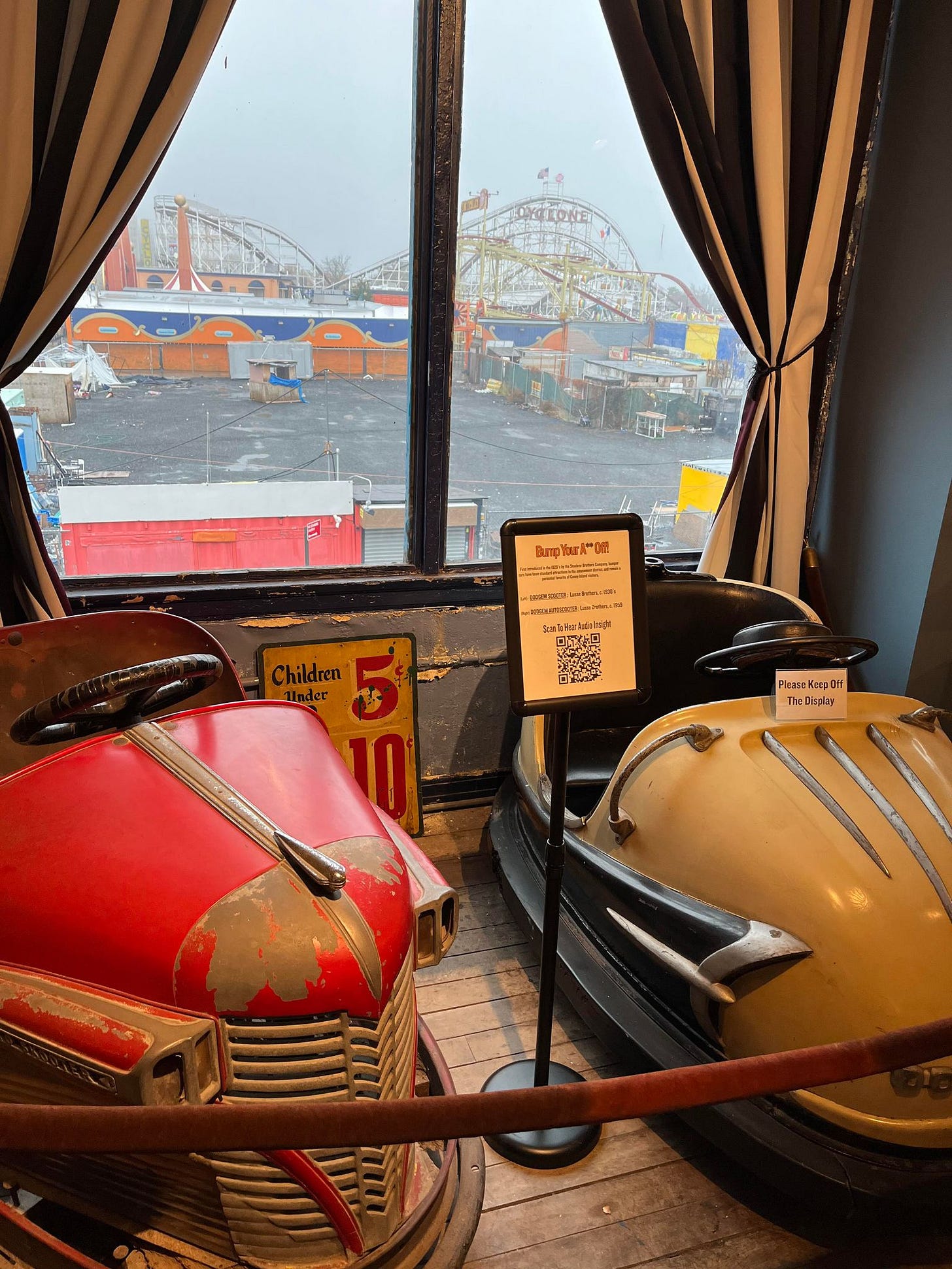

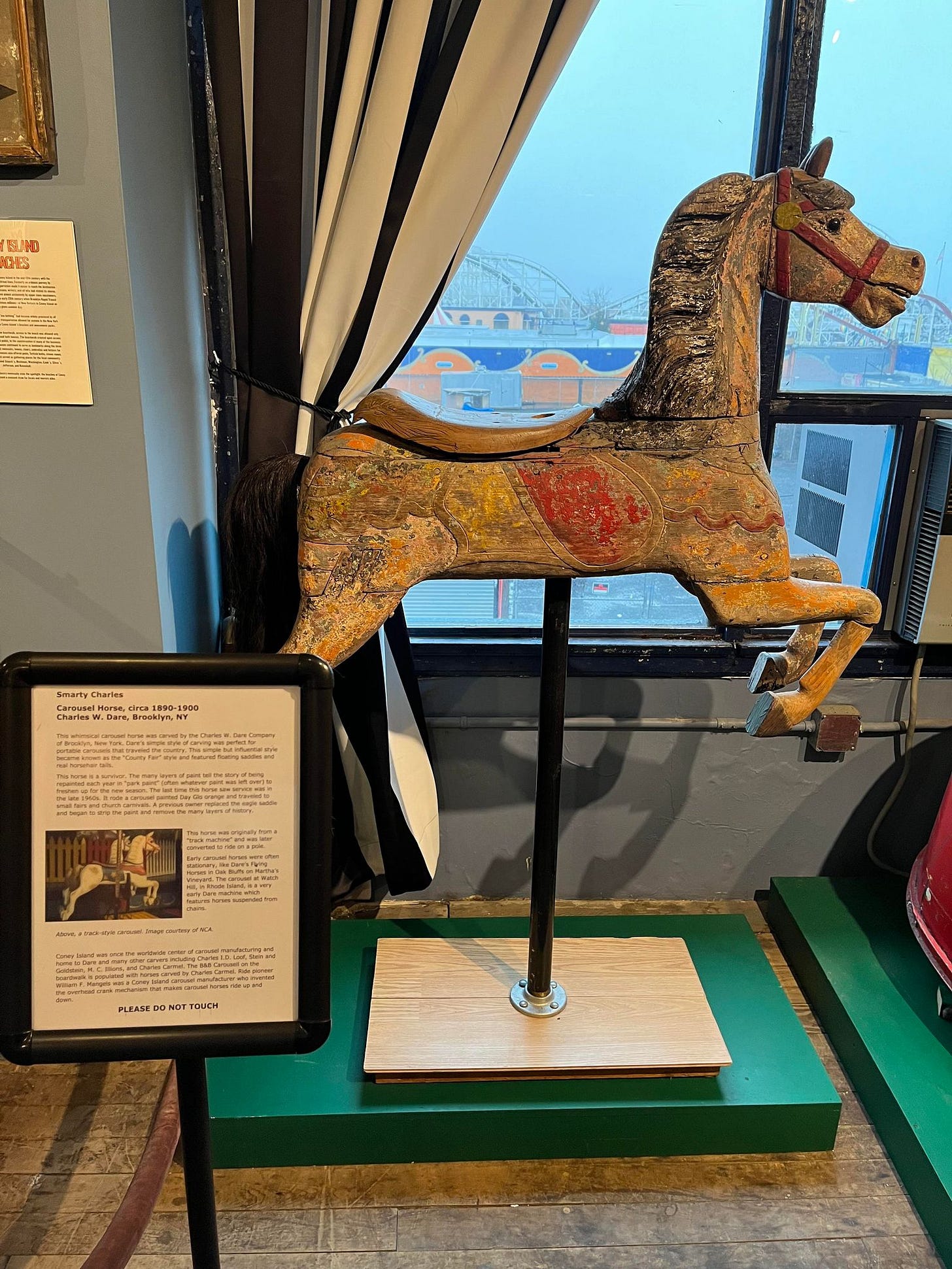

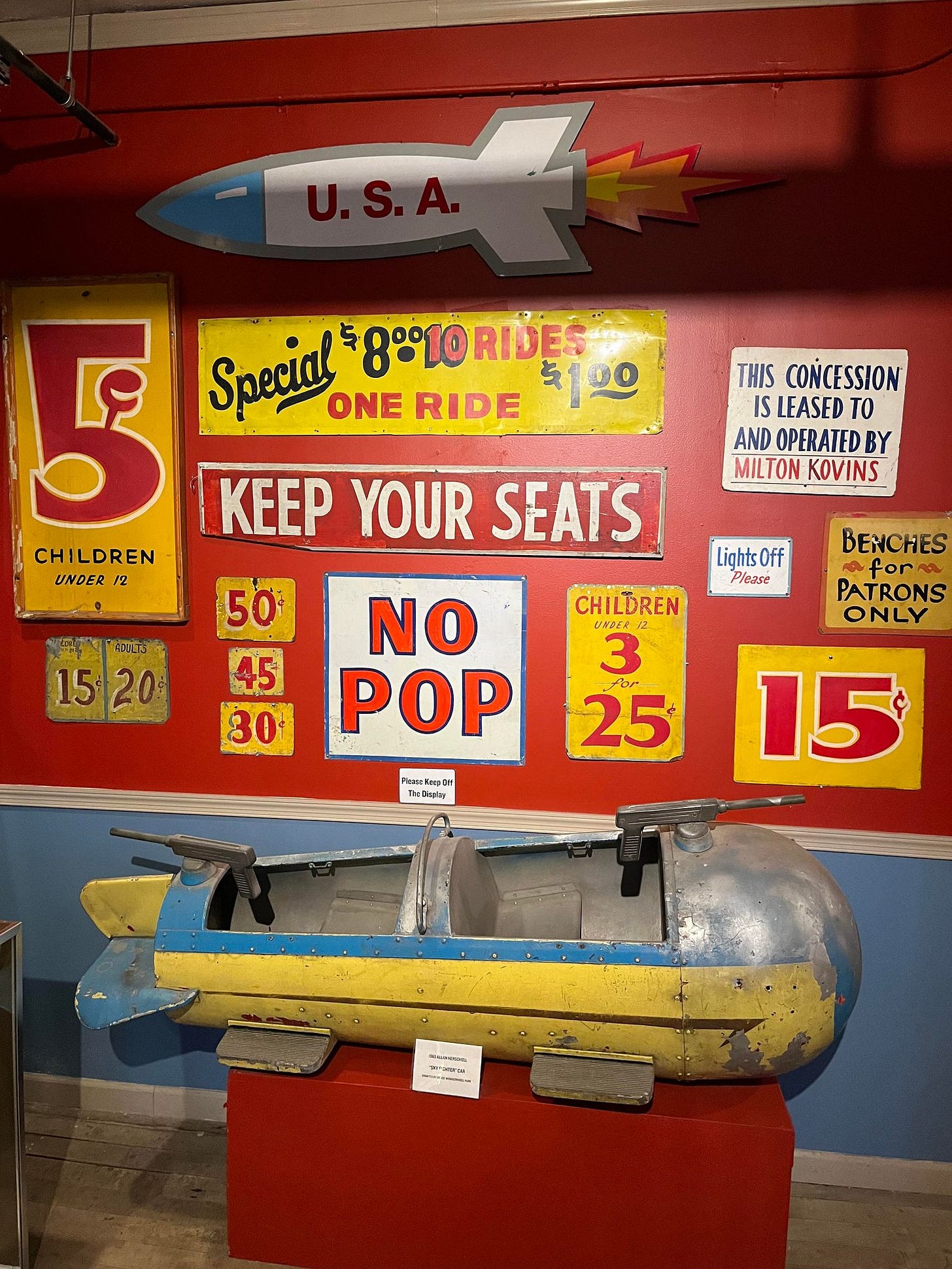

This is the best blog ever